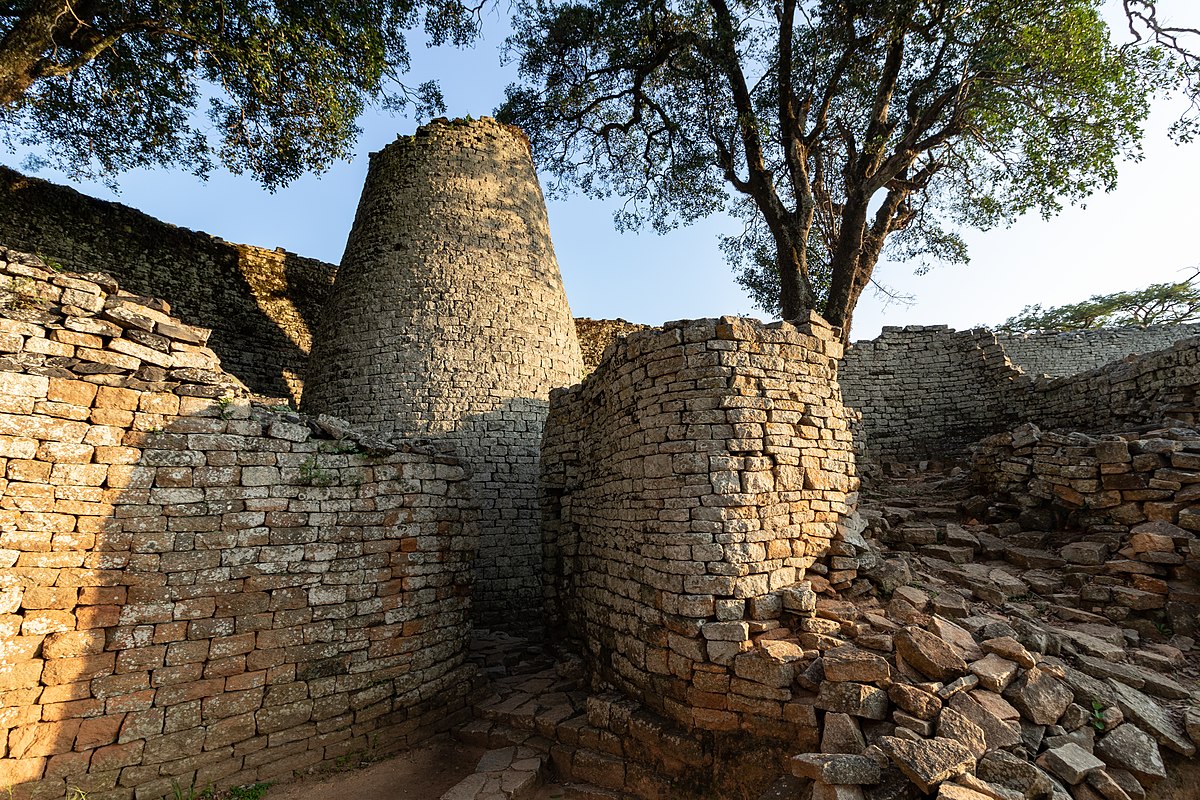From Kingdom to UNESCO Site: Experience the Greatness of Zimbabwe Ruins
Standing tall amidst the granite hills of southeastern Zimbabwe, the Great Zimbabwe Ruins whisper tales of a powerful civilization that flourished centuries ago. This UNESCO World Heritage Site, estimated to be built between the 11th and 15th centuries, captivates visitors with its enigmatic structures, rich history, and stunning natural setting. Whether you’re a Zimbabwean local or an international explorer, delve into this comprehensive guide to unlock the secrets of Great Zimbabwe Ruins.
Weather at Great Zimbabwe Ruins
Zimbabwe experiences a subtropical climate with distinct wet and dry seasons. During the dry season (April to October), expect warm to hot days with average temperatures ranging from 20°C to 30°C. The evenings get cooler, bringing temperatures down to around 10°C. The wet season (November to March) sees frequent showers and higher humidity, with temperatures averaging 18°C to 28°C.
Location and GPS Coordinates
The Great Zimbabwe Ruins are situated in Masvingo Province, approximately 30 kilometers southeast of Masvingo city. The GPS coordinates are 20°16′S 30°56′E.
Also Read: Khami Ruins: A Historical Marvel Amidst Zimbabwe’s Landscape
History of Great Zimbabwe Ruins
Great Zimbabwe, situated near modern-day Masvingo, Zimbabwe, is an ancient city whose origins date back to around 1100 C.E. Initially thriving as the capital of the Kingdom of Zimbabwe, a prominent Shona (Bantu) trading empire, the city witnessed a gradual decline and eventual abandonment in the 15th century. The term “Zimbabwe” itself, derived from the Shona language, translates to “stone houses.”
The city played a pivotal role in a vast and prosperous global trading network. Archaeological findings within the ruins include pottery from China and Persia, alongside Arab coins, attesting to the extensive reach of the Zimbabwe Empire. The elite rulers of the empire controlled trade along the east African coast. However, by the 15th century, the city was largely deserted as the Shona people embarked on migrations. While the precise reasons for abandonment remain elusive, factors such as resource exhaustion and overpopulation likely contributed.
The archaeological site at Great Zimbabwe comprises distinct sections, each shedding light on the city’s multifaceted history. The Hill Complex, believed to be the religious center, is the oldest part, featuring structural ruins dating back to around 900 C.E.
The Great Enclosure, the second section, captivates with its circular, walled area from the 14th century. Towering walls, over 9.7 meters (32 feet) high, encircle a circumference of 250 meters (820 feet). Constructed without mortar, these walls showcase meticulous stone shaping. The purpose of the enclosure remains uncertain, with theories suggesting it could have served as a royal residence or a symbolic grain storage facility. Notably, it stands as one of the largest ancient structures in sub-Saharan Africa.
The Valley Ruins constitute the third section, featuring numerous mud-brick houses near the Great Enclosure. The density of these houses suggests a substantial population, estimated between 10,000 to 20,000 people.
Among the archaeological findings are soapstone bird sculptures, believed to have held religious significance and possibly displayed on pedestals. These birds, which now appear on the modern Zimbabwean flag, have become national symbols.
Designated a UNESCO World Heritage Site in 1986, the ruins of Great Zimbabwe have faced challenges, including limited archaeological excavations and significant looting and destruction during the 20th century by European visitors. Despite the damage inflicted, the legacy of Great Zimbabwe endures as one of Africa’s largest and culturally significant archaeological sites, challenging colonial misconceptions and contributing to a deeper understanding of the continent’s rich history.

Unveiling the Wonders of Great Zimbabwe Ruins: A Journey Through Time
Things to Do at Great Zimbabwe Ruins
Your journey through Great Zimbabwe Ruins promises a captivating experience:
- Embark on guided tours: Gain insights into the site’s history, architecture, and cultural significance from knowledgeable guides.
- Wander through the Hill Complex: Marvel at the imposing Great Enclosure, towering walls, and intricate chevron patterns, imagining the lives of the rulers and residents.
- Descend into the Valley Ruins: Explore the fascinating soapstone carvings, terraces, and evidence of daily life outside the royal complex.
- Climb the Eastern Enclosure: Enjoy panoramic views of the surrounding landscape and gain a broader perspective of the ruins’ scale.
- Visit the Great Zimbabwe National Museum: Delve deeper into the site’s history through exhibits showcasing archaeological finds and cultural artifacts.
Size and Expansion of Great Zimbabwe Ruins
Traditional estimates are that Great Zimbabwe had as many as 18,000 inhabitants at its peak. However, a more recent survey concluded that the population likely never exceeded 10,000. The ruins that survive are built entirely of stone, they span 730 ha (1,800 acres).
Distance and Travel Time
- Distance from Harare City Centre to Great Zimbabwe Ruins: Approximately 322 kilometers.
- Travel Time from Harare: 4-5 hours by car.
- Distance from Mutare: Approximately 319 kilometers.
- Travel Time from Mutare: 4-5 hours by car.
Great Zimbabwe Ruins Contact Details
For inquiries and updates, contact them on:
- Phone: +263 775 398 917 or +263 773 456 633.
Universities or Colleges Near Great Zimbabwe Ruins
- Great Zimbabwe University
- Masvingo Teachers’ College
- Masvingo Polytechnic College
Accommodation In Great Zimbabwe Ruins
- Great Zimbabwe Hotel
- Kyle Recreational Park National
- Norma Jeane’s Lakeview Resort
- Lodge at the Ancient City
- Muunze Forest Lodge
- Mayfair Lakeside Resort
Trivia Time
- Great Zimbabwe was once dubbed “King Solomon’s Mines” due to European misconceptions.
- The site boasts the largest dry-stone structure in sub-Saharan Africa.
- UNESCO recognized the ruins for their outstanding cultural and historical value in 1986.
- Archaeological evidence suggests the kingdom engaged in long-distance trade with regions as far as China.



